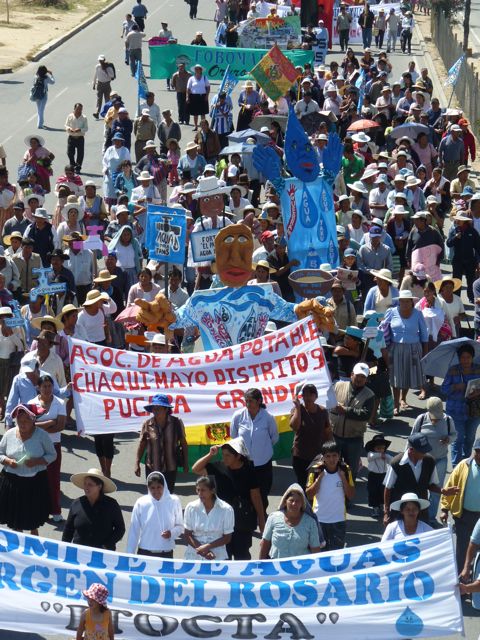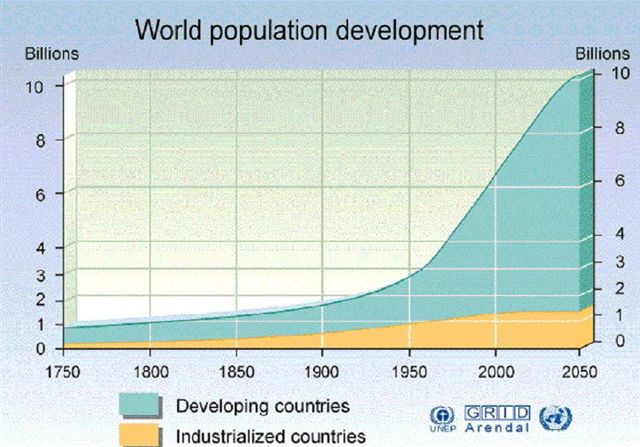Social
change is one of the aspects of society that sociologists examine the most,
partly because sociology was developed in a period of time when social chaos
was around.
Sociologists around the world are very interested in
social change, social change is defined by sociologists as changes in
various aspects of a society over time. Since social change has become such a
popular topic within the sociological community, and many sociologists base
themselves on different perspectives to find out a theory that would explain
social change correctly, there are many theories that attempt to explain this
phenomenon. A very important aspect of society that sociologists are interested
in and is part of social change is modernization. Modernization is the
process by which a society’s social institutions become increasingly complex as
the society moves towards industrialization. Sociologists have also come out
with many theories that attempt to explain this phenomenon as well.

One
the most recognized theories that explain social change is called cyclical
theory of social change, this theory views change from a historical
perspective, this meaning, they agree that societies undergo a certain process
of formation. Societies arise; undergo many stages through which they develop
and then, like most societies in history can prove, decline. In this system, we can classify many
kinds of cultures. In an ideational culture, truth and knowledge are acquired
through faith or religion.. In a sensate culture, people seek knowledge
through science. These are basically the two extremes in the cultures of these
societies. No extreme is good, so there is a category that’s lies right in
between these two cultures, this culture is called the idealistic culture,
knowledge here is transmitted through both religion and science, making both
important aspects of the society. Another very recognized theory is he evolutionary theory of social change.
This theory views change as a process that moves only towards one direction
which is an increasing complexity of the society, the society will reach a
maximum point of complexity and won’t fall apart after it has reached that
point.
Modernization,
that is one of the most complicated phenomena to understand for sociologists.
Sociologists around the world have agreed and coined a theory named modernization
theory, the more developed nations modernized because they were the first
to industrialize. There is another theory called world system theory
which views modernization in terms of the world economy. The world system
theory comprises three types of nations, core, peripheral, and semiperipheral. Core
nations are the most powerful developed nations that form the center of the
world economy, the peripheral nations are the poor countries in Latin
America, Africa, and Asia. They control few productive resources, and they
depend on the core nations for financial aid. Semiperipheral nations are
the nations in between these two, most probably known as second world nations
these nations may or may not have industrialized but are not powerful
manufacturer nations like the central nations.
Explanation of the Modernization Theory.
Modernization is a great
thing, and in many cases inevitable, anyone would agree it is a necessary
factor to the improvement of any society, it brings a country great things aside
from industrialization. So, if modernization is inevitable like some claim it
is, and for modernization to occur social change must occur first, then we
probably agree that social change is inevitable as well. Social change after
all is something good then, and many sociologists would agree that necessary
for the success of any society.






